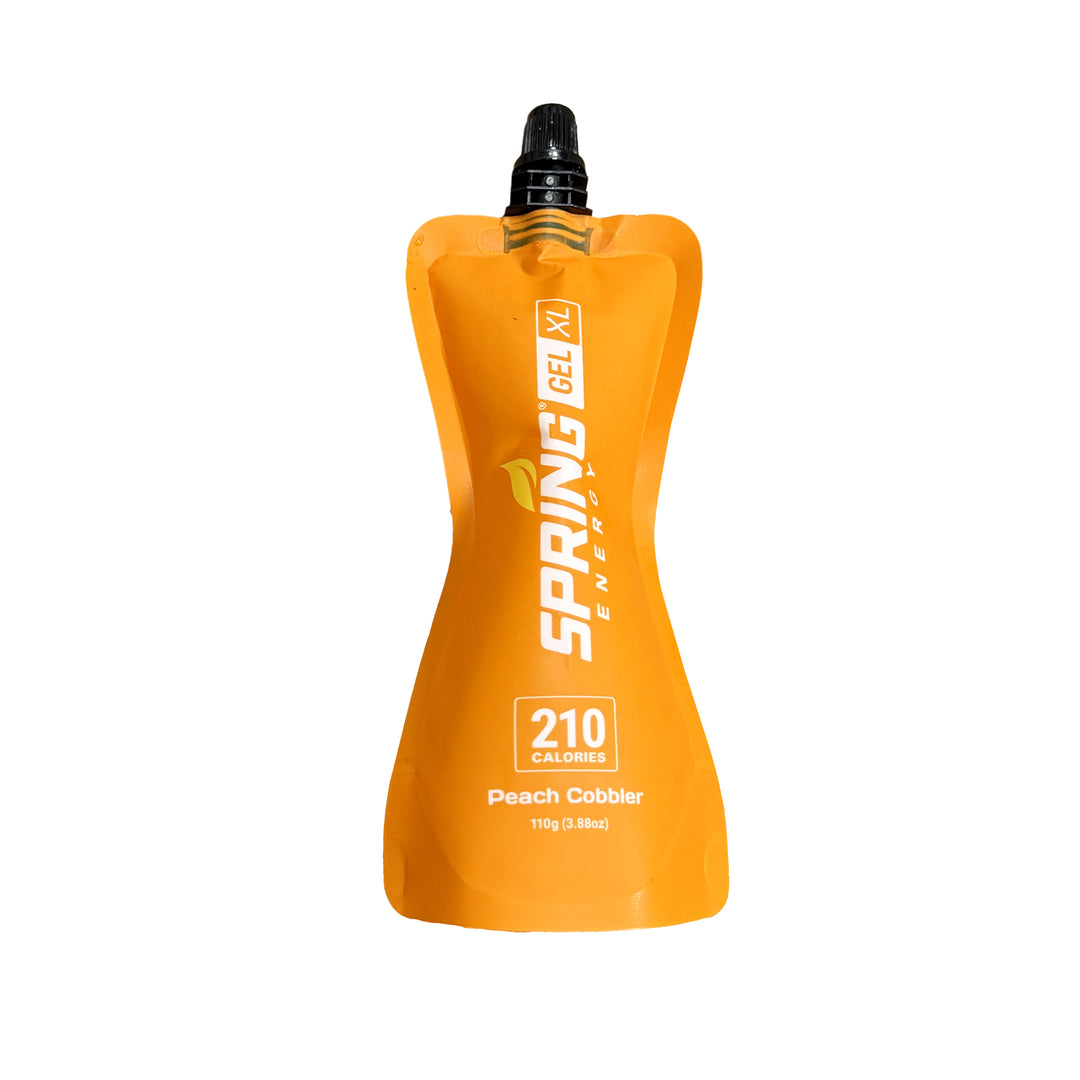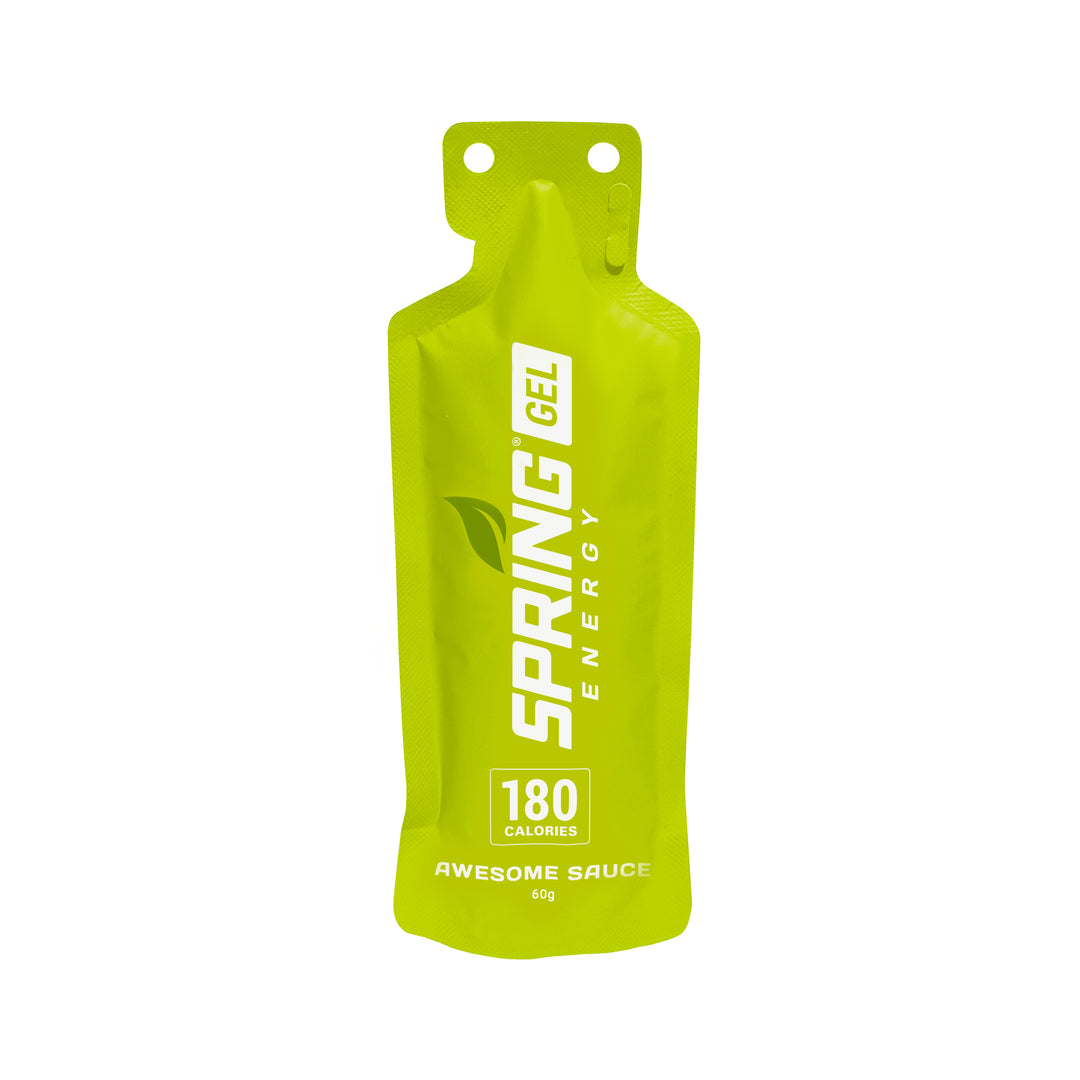By Mark Bottenhorn
More than 60% of runners experience at least one running related injury every year. That number is staggering! Fortunately, with a little work and a small time investment, many of these injuries are preventable. It's common for endurance athletes to build powerful aerobic engines, and neglect the musculoskeletal system that is responsible for putting that aerobic engine into motion. Weak hips, glutes, and other core/stabilizing muscles are the most common culprit in running related injuries.
“What can I do?”
Start with prevention: Here's a short and simple bodyweight workout that you can do at home. This workout targets core muscles can make you stronger, fitter and more resistant to injury:
A: Plank (3 sets of 30-90 seconds)
Place the forearms on the ground with the elbows aligned below your shoulders and arms parallel to the body, about shoulder-width apart. Keep your back straight and core fully engaged. Hold this posture for your chosen duration.

B: Glute/Hip Bridge (3 sets of 15-20 repetitions)
Lie face up with your feet flat on the ground. Lift your hips and contract your glutes so you form a straight line from your shoulders to your knees. Straighten one leg, hold for 3 seconds, and repeat on the other side. Be sure to activate and engage your glutes and core during this process.

C: Bodyweight Squats (3 sets of 12-15 repetitions)
Start with your feet shoulder width apart. Begin the movement by flexing your knees and hips, and squatting down below parallel if possible before pushing back to your starting position. As you Squat, gaze forward, engage your core and keep your head and chest up.

D: Lateral Leg Raises (2 sets of 25 repetitions)
Lie down on one side. The arm that's closest to the floor should be extended straight above your head and shoulder while your other arm is bent with your hand on your hip. Your legs should be extended and stacked on top of one another. Slowly raise your top leg as high as you can and then slowly return it before starting again. Repeat 25 times before rolling over and starting on the other leg.

“Wait, something doesn't feel right”
Minor injuries, pains and soreness will be unavoidable - they're a byproduct of pushing the limits and training hard. Vigilance is the key to preventing these minor things from escalating into a major setback. When you're experiencing abnormal sensations and pain, listening to your body can go along way. When in doubt, scrap the run for the day and cross train as swimming, cycling and the elliptical can all be a great alternative to risking injury.
Nobody wants to miss a run, but the only way to improve the aerobic system is by consistent training and stimulus. Taking a day or two off from running, while cross training, is infinitely better than missing weeks with an injury that was avoidable. Following a simple at home routine to strengthen your core will go along way towards staying heathy and happy on the trails, track or road.












Leave a comment